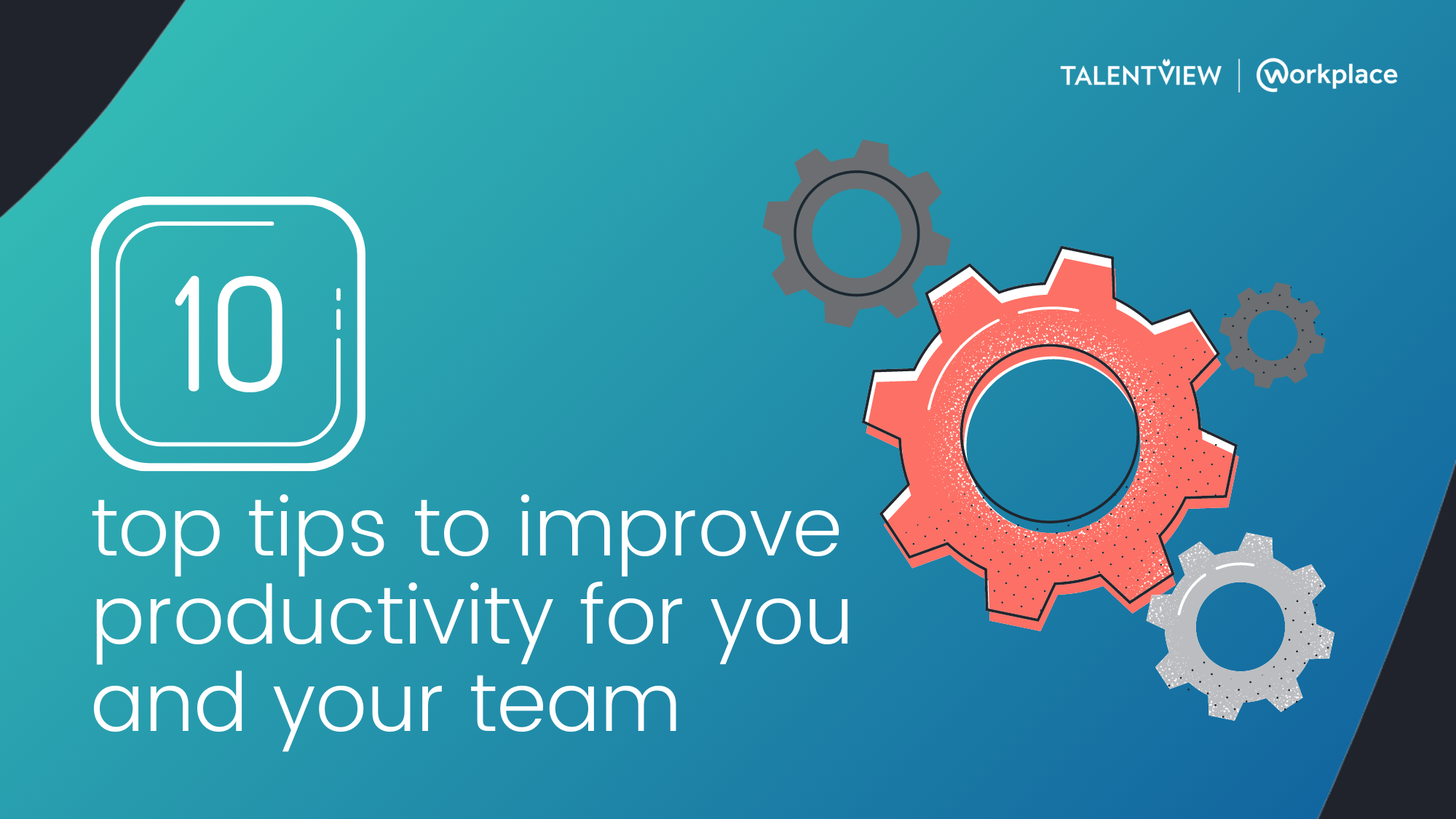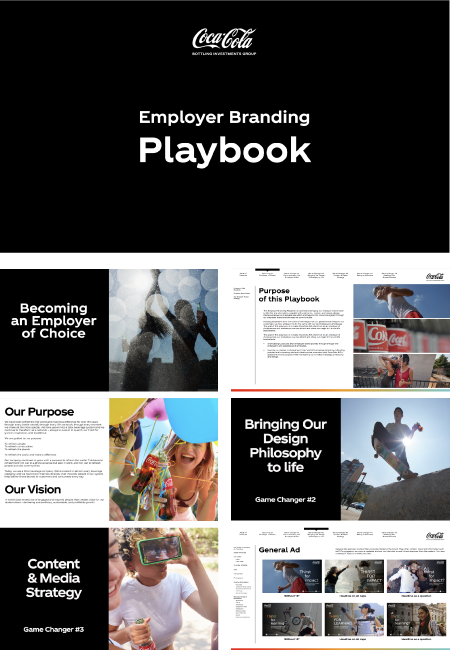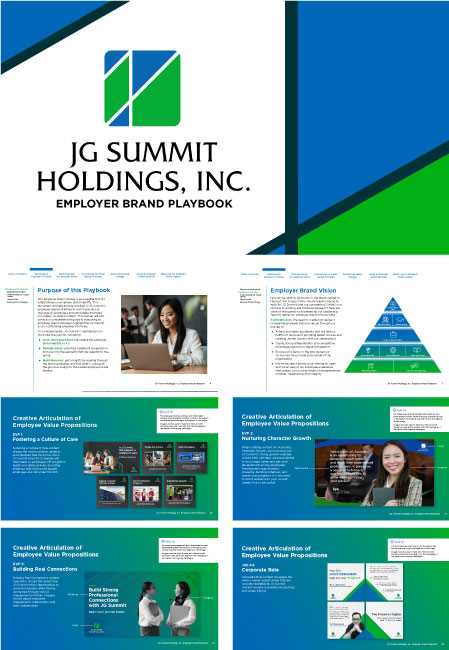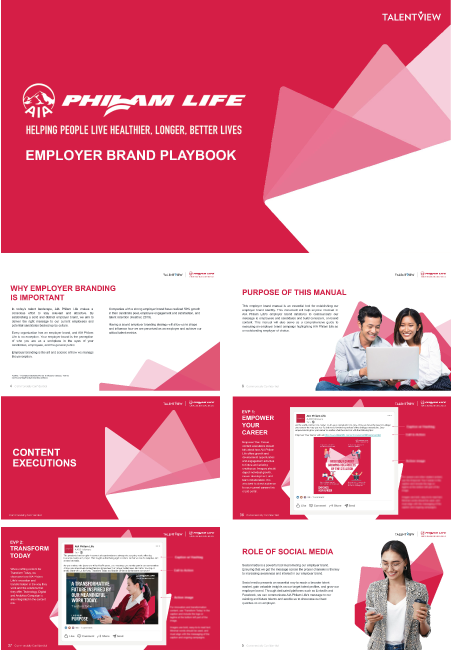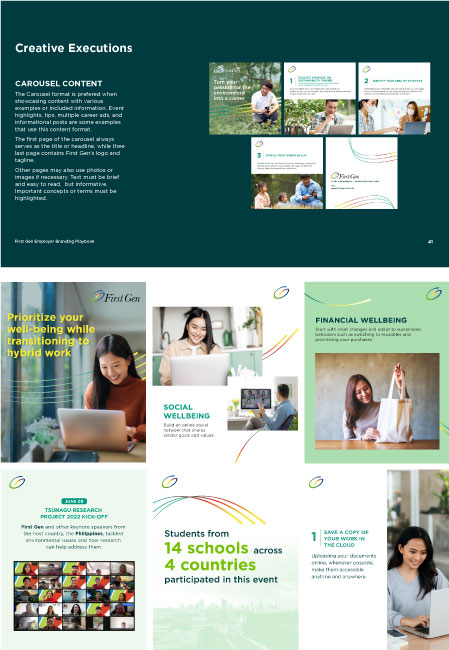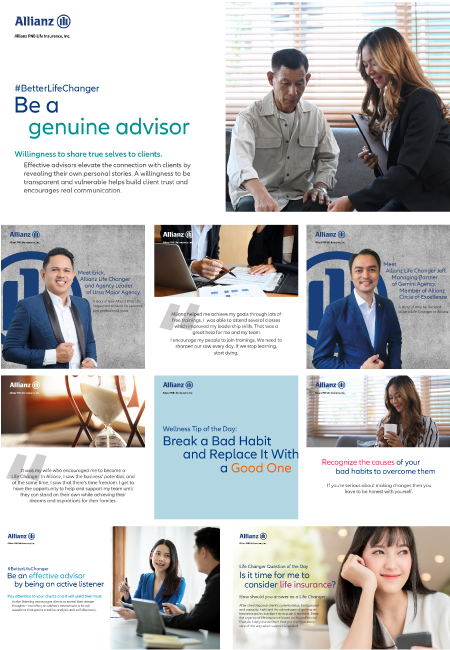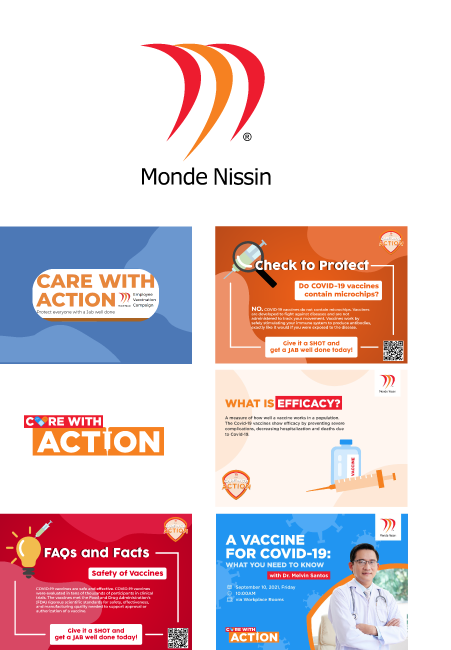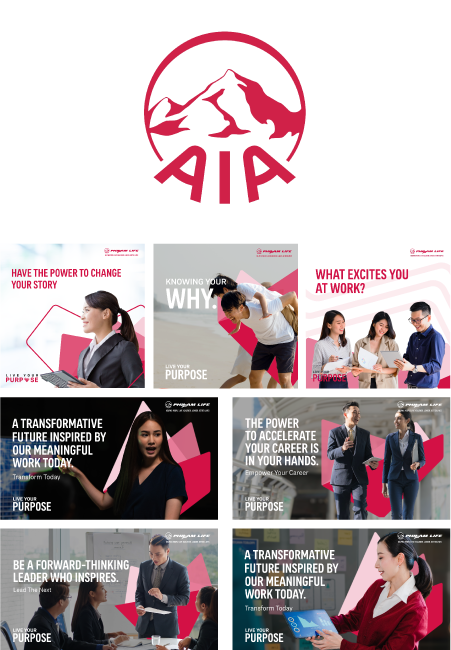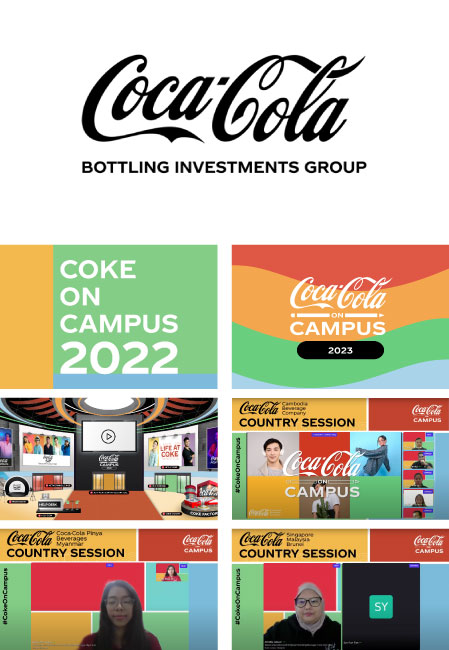10 Tips to Improve Your Team's Productivity
Productivity Tips
Be more productive while adjusting to the new world of work. Here are 25 ways to boost general productivity, stop email from sapping your time, and get the most out of your productivity planning tools.
10 top tips to improve productivity for you and your team

1. Remember to explain ‘why’
Putting tasks in context can motivate teams to tackle them. Ensure people know how each piece of work will impact the project, how it will benefit the company or customer, and how it can count towards their personal development. The more clued-up your team feels, the more eager they’ll be to get down to work.

2. Think twice before booking meetings
The stats about time wasted in meetings are pretty scary. Here are just a couple: 67% of employees say too many meetings stop them from getting their best work done, while 68% of US professionals say poorly organized meetings are wasting their time. So first of all, don’t have a meeting unless you really need to. When you do, schedule it first thing, have a plan, and don’t invite people who don’t need to be there. At the end, make sure everyone leaves with a list of next steps. For more great tips on making meetings more effective, check out effective meeting strategies.

3. Improve time management
Organizing your day effectively doesn’t just help you get more out of it - it can reduce the productivity-sapping stress of jobs piling up. So when team members are working remotely, good time management becomes even more critical. If people don’t control their working hours, it can be easy for boundaries to blur, work-life balance to suffer, and productivity to dive. Get on top of your time management with these time management techniques.

4. Recognize and reward your team
There’s a link between rewarding a job well done and team productivity. Employees certainly see it that way - according to one survey, 78% of workers say recognition makes them more productive. Rewards and recognition have had to change with the move to remote and hybrid working - you can’t, say, take someone out for lunch - but they’re just as important. Organizations can use communication platforms to recognize achievements through team-wide notifications and send rewards like vouchers and gifts to remote and frontline workers.

5. Encourage short, frequent breaks
Presenteeism - working long hours - doesn’t improve productivity. In fact, working for hours on end can fast-track burnout. But taking regular breaks from desks or workstations can help people feel refreshed and clear their minds. It can also help avoid the musculoskeletal problems that desk workers can face, especially when working from home. Taking regular lunch breaks will help teams recharge their batteries too. Find ways to make this your policy, and find ways to remind people about it regularly.

6. Automate where you can
Technology has never been more efficient or more readily available—so why waste time on tasks that could be managed by artificial intelligence or automation software? A small investment in automation today could streamline processes like virtual training and virtual onboarding, freeing up time and resources to help people focus on more interesting, valuable, and rewarding work.

7. Delegate efficiently and work collaboratively
If there's an uneven spread of work across your team, it’s time to redress the balance. Ensure you have visibility of team members’ workloads and empower people to delegate tasks when they need to. Set an example by delegating your work, too. Not only is this a great way to improve personal productivity, but it can also empower other team members to become more productive and more collaborative.

8. Organize regular check-ins with team members
Remote or hybrid working brings many positives, but employees may start to miss the opportunity to socialize in the workplace after long periods in relative isolation. Luckily, there are many ways to keep in touch with team members even when you can’t meet face-to-face. Book regular times in the week to have one-to-one or group catch-ups. Helping people feel connected could go a long way in improving their productivity.

9. Take stock of results at the end of each period, then aim to beat them
There’s no use trying to improve productivity if you don’t know your current productivity levels. Consider ways to measure output and performance by tracking hours against value creation and understand the challenges people faced along the way. Then, during the next work cycle, try to tackle those challenges and see if it improves performance.

10. Use productivity tools and planners
From smartphone apps to online collaboration platforms, productivity tools and planners have come a long way – and given the rise of remote and hybrid working, they’re likely to increase in popularity. There are many types of productivity tools out there to suit all types of business, so why not take some time to find the right one for you?
9 tips to help you get email under control
Despite the rise of instant messaging in business, email is still very much a thing. It’s also one of the most significant challenges to productivity in the modern workplace. The average office worker receives over 120 emails a day - if it took one minute to read one email, they’d spend around two hours a day just plowing through them.
So, what to do? First, send fewer (and better) emails. Second, deal with them more efficiently. Here are some ways your organization can create a better business communication mix and improve its email habits.

1. Tailor your channels to suit your comms
Want to thank a team member for something, get information on an internal project, or share a joke? Don’t email. Set up instant messaging and project groups so you’re not continually cluttering up each other’s inboxes.

2. Schedule set hours of the day to answer emails
One way of dealing with email is to look at them only at set times of day – ideally first thing in the morning and then after lunch. Emails that arrive late in the day can be left to one side and answered the next day. Batching up your email responses like this will give you more time to work without being interrupted. And to really get our inbox under control, set up times to receive emails.

3. Turn off email notifications when you don’t need them
If you know you have to get down to some uninterrupted work, try turning off your email notifications for a few hours - this will mean you have fewer distractions. You might want to put on an out of office message, so people will know not to expect a reply until you’re done.

4. Organize your inbox
Redirect emails to different inboxes. This will sort the emails you need to respond to - those from clients, for example - from sales and marketing emails that you can look at when you have the time.

5. Write better emails
Send an email the way you’d like to receive an email. Always use a subject line, be concise, and make clear at the outset what actions you’re asking for.

6. Have a cut-off time
Setting yourself windows during the day to respond to emails is no good if you’re constantly running into overtime. To stop this from happening, set yourself a cut-off point where you switch off notifications and relax.

7. Don’t write long emails
If you find yourself writing more than a couple of paragraphs it might be easier to pick up the phone or video call instead. Not only will you deliver your message much faster, the person you’re calling can respond right away, saving everyone’s time.

8. Deal with urgent messages
When someone emails you wanting an urgent response, but you need more time to think it through, send a holding email and tell them when you’ll get back to them with a full answer. This will give you some breathing space.

9. Cull your contacts
Take a look at all the newsletters and marketing emails you receive, then unsubscribe from the ones you don’t want any more.
How to use a daily productivity planner
One of the most simple and effective ways to measure and improve productivity is to use a daily productivity planner.
Productivity planning software helps you do many things more efficiently, including setting deadlines and assigning tasks. They can also help your team to stay aligned, work collaboratively and maximize the time they spend working - so you can achieve your goals more easily, faster and more efficiently.
Here are some top tips to help you get the most out of your productivity planning tools.
1. A good productivity planner starts with a good dashboard. This should show:
- Which team members are working on which task
- How long each person should spend on a task
- How you'll measure each task
- Who’s responsible for signing it off
- Which jobs are in the pipeline, are in progress, and those the team have completed

There should also be a place to store essential data and files related to each task. Most importantly, everyone in your team should have access to the dashboard, so everyone has a complete overview of the project.
2. Assign tasks at the end of each day for people to begin the next day
Make sure everyone can hit the ground running. At the end of the day, look at the progress of each task in your workflow, and assign tasks for your team to start the next morning. That way, everyone has a clear, actionable plan.

3. Track time against each task
To measure productivity, you need to know how much time each person is spending on each task. One way of doing this is enabling people to track their own time using timesheet software. For this to work, people need to be honest, so make clear that this isn’t about looking over their shoulders or expecting them to work 100% of the time - you just want to get a clear idea of how long things take.

4. Ensure people have everything they need to get started
Some productivity planners let you attach documents to each assignment. This will help people to get started right away – and prevents them from missing critical information.

5. Tick each task off as you go
It’s essential to keep an accurate count of which tasks your team has finished and how long they take. Time tracking software will help you visualize whether a job was completed on time, whether it took longer than expected, or if the team completed it more quickly.

Use what you’ve learned to optimize
Once you have a clear overview of your workflow, you’ll find it easy to spot opportunities to improve productivity. After discovering which tasks tend to be the least productive, you may spot opportunities for further training or investment in technology. You may also notice gaps in leadership, for instance, if employees regularly feel they don’t have the necessary resources to complete a task. Knowing which tasks you need to optimize is the first step to boosting overall productivity in your organization.
How to measure and improve productivity
Measuring and improving productivity needn’t be a headache. If you approach it with a simple three-stage strategy, you’ll find it much more manageable.
Measuring productivity
The most important step you can take is to either build or buy a dashboard. This should help you to quickly visualize the number of tasks going on in your team, the hours spent on each one, and – once complete – how profitable each job was when you measure it against the forecast. This data will prove essential when it comes to the next stage.
Measuring productivity
Your dashboard should make it immediately apparent where there’s room for improvement by showing where time spent was more than forecast. Sometimes, it will be immediately clear what has caused this shortfall in productivity, but if you can’t spot the answer straight away, ask these questions:
- Are we allocating team members the right kind of tasks?
- Is the amount of work right for the number of team members involved?
- Is the work evenly distributed?
- Is the technology we’re using up to date and right for the task? Do team members understand how to use it?
- Do team members need training or refresher courses?
Optimizing productivity
Once you identify areas of improvement, don’t stop! Optimizing productivity is a constant process. Each revision, no matter how big or small will deliver benefits to your business. Stay on top of trends in your industry, be prepared to make adjustments when you need them, and always be on the lookout for the technology to empower greater productivity in your organization.
This article first appeared in Workplace Blog:
Get the "Building Connected Organizations: Why Work Isn't Working" E-book


TalentView is a leader in employer branding strategy, design and technology. With teams across the ASEAN region, TalentView’s professional solutions help to create memorable experiences across the talent lifecycle to attract, engage and retain talent. Working directly with business leaders in Fortune 1000 companies, TalentView is well-positioned to provide talent insights and is an accredited partner of key global players including Workplace from Facebook, Talegent, Indeed, Hootsuite, Digimind and PhoenixATS.
Copyright © TalentView Asia, 2021 | Privacy Policy
